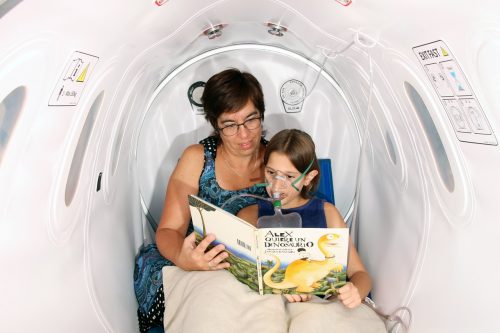
Source: pixabay.com
As a mother of a teenage daughter with autism, I have gotten used to searching answers from the web about Autism Spectrum Disorder (ASD), especially when it comes to the ways in which I can be able to take care of her and help her live a life that is as normal as she possibly can. It hasn’t been easy for her and the family as well. We’ve been seeing minor and major changes year after year, and I would say that there are things we must do with more effort if we want our children with ASD to learn progressively despite the condition and the accompanying complications.
“Early adolescents (ages 12-14), middle adolescents (ages 15-17), and late adolescents (ages 18-20) all have different needs from their caregivers based on where they are at developmentally.” Sandi Lindgren PCC, LICSW explains. If you are a mother like me, or a family member, or a guardian of a child with autism, here are some important guidelines you can follow to help make the child’s life easier, more productive, and as meaningful as it can be.
Early Intervention Is The Key
Once your child is diagnosed with ASD, the first thing you do is to visit his doctor and have him coordinate with his healthcare team for your child’s treatment plan. Studies have proven time and again that intervention before a child is 3 years old has a tremendously positive impact than doing it when the child turns 5. There are various services in almost every state in America that are geared towards helping autistic children develop skills and adjust to their disabilities as they are growing up.
Community programs that help with emotional, physical, and mental delays of kids with autism are also available, and if your child qualifies, she can have scheduled occupational and speech therapy and other treatments that help her deal with her psychological issues. “Children meet developmental milestones when they are ready. There are ranges of what is considered appropriate and what may be considered delayed.” Francyne Zeltser, Psy.D. expresses.

Source: pixabay.com
Teach Her Lessons At Home
Most children with ASD are enrolled in schools with special education classes. Aside from these classes, you can teach her some activities at home to reinforce learning and help her improve her skills. Read to her before she sleeps and if she has been reading in school, progress with letting her read a few lines before she heads to bed. Let her join you in the kitchen while you’re cooking and show her some kitchen utensils while teaching her what they are. Boosting her lessons will hasten her learning verbally, socially, and practically.
Be More Visual
Doctors will often advise you to ‘speak your child’s language.’ This means that you need to make the adjustments for learning to be progressive. Part of the definition of autism is difficulty communicating. Autistic kids don’t do well if you just ask them to write or spell. They’ll get impatient, frustrated, and will eventually throw a tantrum. Avoid this by being more visual. They work best with a combination of verbal and visual techniques. You can demonstrate an activity that you want your child to follow, and you can let her follow. You can also provide her with paper and colorful pens so she gets interested and will be more enthusiastic to engage in activities.
Social Skills Will Help Them Adjust To The World
“When a child is diagnosed with mental illness, it can overwhelm the family. On the one hand, many parents feel that they finally have answers for behaviors that are confusing and often scary.” says Katie Hurley, LCSW. Therefore, it is vital to teach your child how to talk with other people, starting with family members, friends, and significant others. Then as he adjusts to the outside world, encourage her to mingle with schoolmates and join school activities, so she has the opportunity to converse socially and be comfortable with other people. This way, she can also learn to stop and listen when someone is talking or observe facial expressions and body gestures.
Plan For The Future Now

Source: pixabay.com
When you have an autistic child, your life can be so hectic just with taking care of her while working and taking care of yourself as well. But my husband and I decided that we must plan for our daughter’s future now, like what we must do when she grows older, the things we need to change at home so she can adjust, or what life we can leave her when we are old and unable to take care of her. Planning makes us feel better and more in control.
